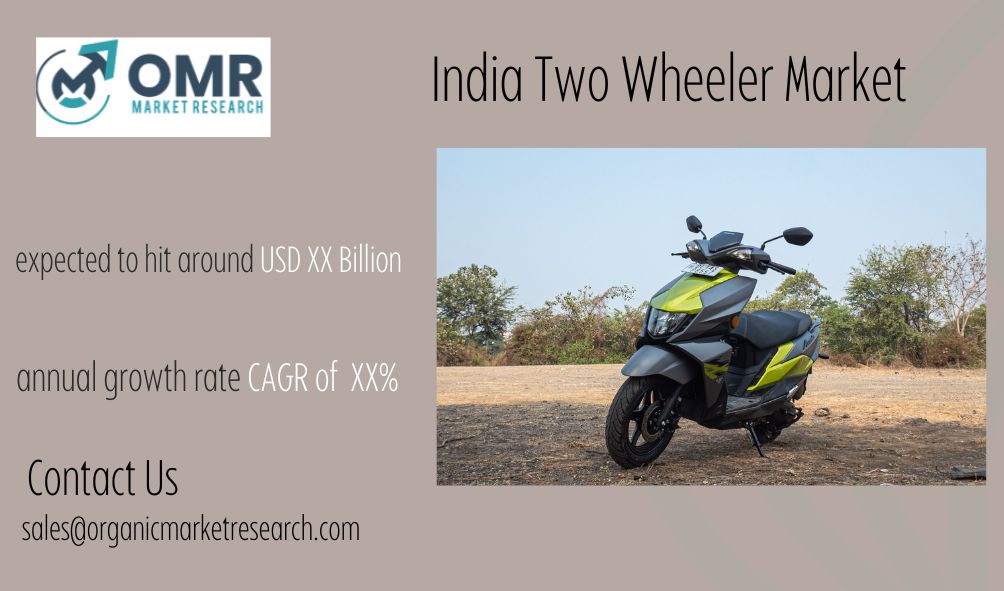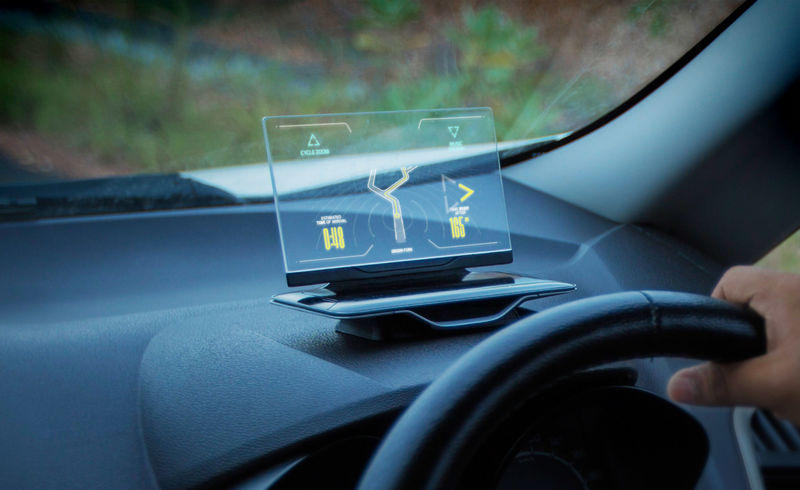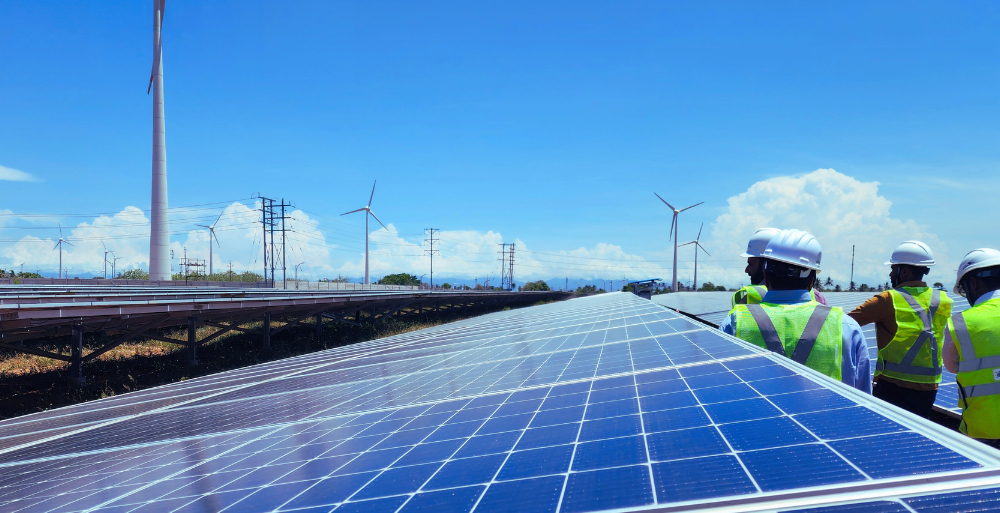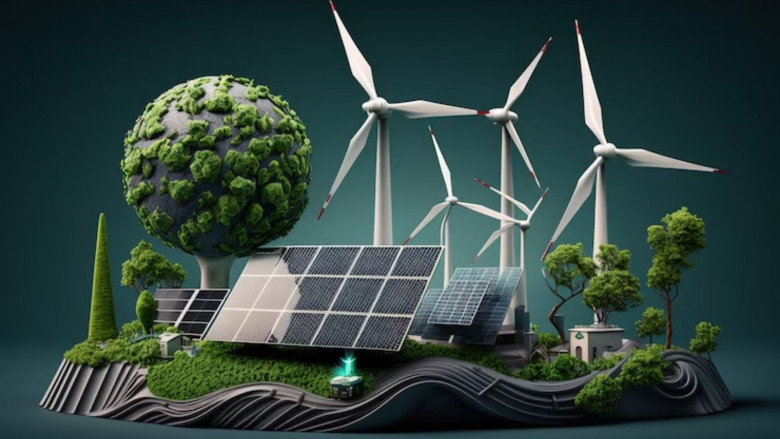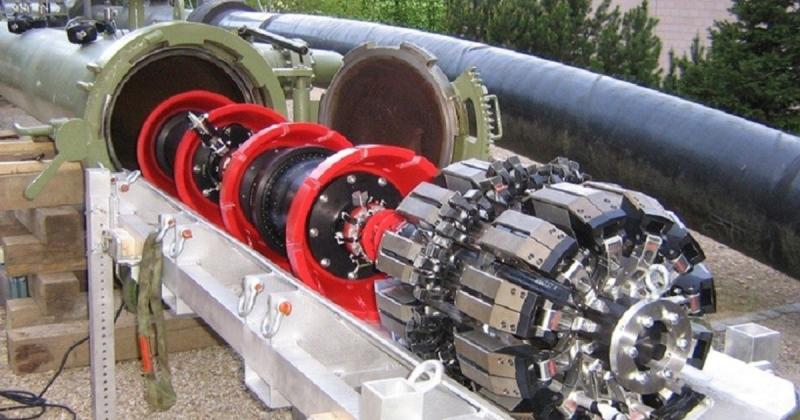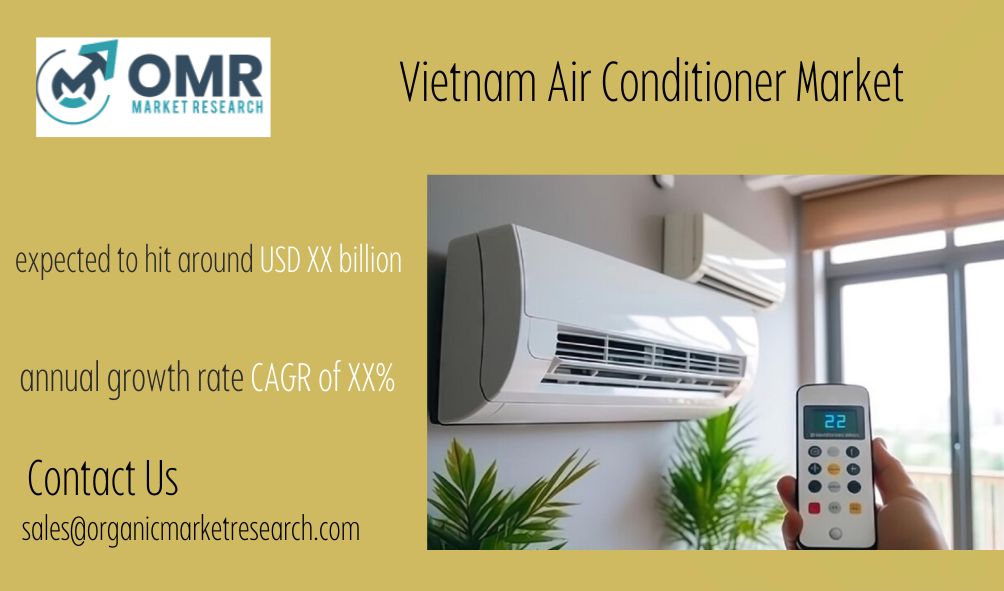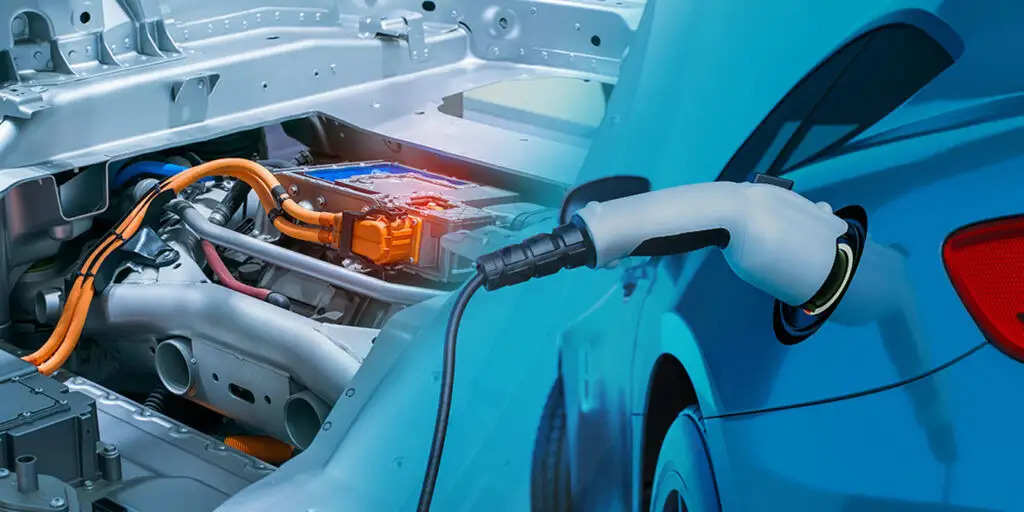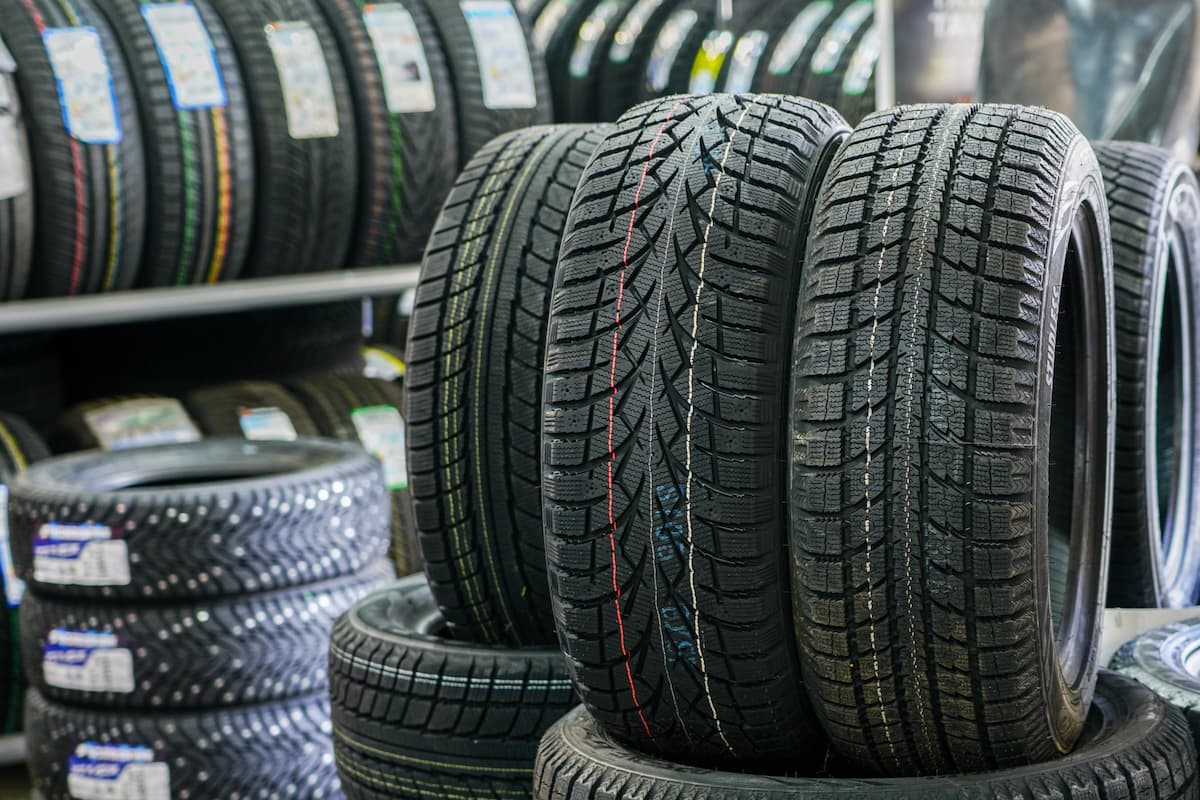Global Electric Vehicle Solid State Battery market size was USD 0.16 billion in 2023 and the market is projected to touch USD 1.81 billion by 2032, at a CAGR of 45.90 % during the forecast period. The demand for the growth of environmentally friendly transportation systems has been fueled by factors including the depletion of fossil resources and growing global pollution levels. The automakers have responded to the growing environmental sustainability concern by introducing cutting-edge technologies. The automobile industry has a good chance to be environmentally conscious by electrifying the infrastructure of passenger & commercial transportation vehicles. When a car is electrified, conventional power sources like gasoline and diesel are swapped out for electric energy sources like batteries. In addition to producing no pollutants, driving an electric vehicle is incredibly efficient. The development of sophisticated battery systems with significant power delivery capacities and the rise in innovations are the elements responsible for the market expansion for solid state batteries for electric vehicles. In an effort to address climate change and reduce greenhouse gas emissions, automakers are adopting more electric vehicle battery technologies. General Motors, for example, recently declared that it would invest $1 billion to set up electric vehicle production facilities in Mexico. General Motors intends for all of its car products to be electrically powered by 2035, which includes this expenditure. Throughout the forecast period, it is anticipated that these advancements in the electric vehicle sector would generate demand for the EV solid state battery market.
Solid-state batteries are safer than lithium-ion batteries due to a number of factors, including the growing requirement for long-range electric vehicles, fast charging technologies, and a lower likelihood of overheating. Over the course of the forecast period, these are expected to accelerate the expansion of the global market for solid state batteries for electric vehicles. However, throughout the projected period, the higher cost of solid-state batteries relative to traditional EV batteries and technological obstacles in their development are anticipated to impede the global market’s expansion. Furthermore, it is anticipated that the market for EV solid state batteries would expand in the near future due to the development of the battery-as-a-service model, favorable government regulations, & the achievement of zero-emission electric vehicle targets.
Global Electric Vehicle Solid State Battery report scope and segmentation.
| Report Attribute | Details |
| Base Year | 2023 |
| Forecast Years | 2024 – 2032 |
| Estimated Market Value (2023) | USD 0.16 Billion |
| Projected Market Value (2032) | USD 1.81 Billion |
| Segments Covered | By Type, By Propulsion, By Vehicle Class, & By Region. |
| Forecast Units | Value (USD Million or Billion) |
| Quantitative Units | Revenue in USD million/billion and CAGR from 2024 to 2032. |
| Regions Covered | North America, Europe, Asia Pacific, Latin America, and Middle East & Africa. |
| Countries Covered | U.S., Canada, Mexico, U.K., Germany, France, Italy, Spain, China, India, Japan, South Korea, Australia, Brazil, Argentina, GCC Countries, and South Africa, among others. |
Global Electric Vehicle Solid State Battery dynamics
The factors influencing the dynamics of the Global Electric Vehicle Solid State Battery market include regulatory mandates, technological advancements, and increasing industrial safety awareness. An electric car is propelled by electricity, similar to a traditional car that runs on gasoline. Internal combustion engines have been replaced with electric motors in cars, which need a constant supply of power from a battery to operate. Electric vehicles are mainly meant to replace conventional means of transportation because they are less environmentally friendly. Its growing popularity can be attributed to numerous technical advancements. It works better than conventional cars because to quieter engines, reduced carbon emissions, quicker maintenance, and a straightforward home charging station.
Full Research report: https://organicmarketresearch.com/global-electric-vehicle-solid-state-battery-market
Global Electric Vehicle Solid State Battery drivers
Increased Demand for Electric Vehicles (EVs)
The need for electric vehicles is rising dramatically as a result of the world’s shift towards environmentally friendly and sustainable modes of transportation (EVs). Governments all around the world are imposing strict regulations in an effort to curb carbon emissions and fight climate change. Promoting the adoption of electric vehicles (EVs) through tax breaks, financial assistance, and stricter emissions laws for cars with combustion engines is a popular strategy. Solid-state batteries provide several advantages over conventional lithium-ion batteries, including higher energy density, longer lifespans, and enhanced safety due to the absence of flammable liquid electrolytes. Due to the satisfy the performance and safety requirements established by EV manufacturers and users, solid-state batteries are a desirable option. The demand for cutting-edge battery technology, like as solid-state batteries, is anticipated to increase in tandem with the global EV market’s continued expansion.
Technological Advancements and Investments in Battery Research
The solid-state battery industry is mostly driven by notable developments in battery technology as well as rising R&D expenditures. To get around the drawbacks of the existing lithium-ion battery technology, major automobile manufacturers, battery producers, and technological businesses are substantially investing in the development of solid-state batteries. Technological developments in materials science, manufacturing processes, and battery design are leading to the development of solid-state batteries with enhanced safety features, faster charging times, and higher energy densities. Solid-state battery commercialization is also being accelerated by alliances and partnerships between automakers and battery technology businesses. For instance, a number of automakers have declared their intention to equip their next electric vehicles (EVs) with solid-state batteries. The development and uptake of solid-state batteries in the EV market are largely being driven by these technological developments and higher R&D expenditures.
- Restraints:
High Manufacturing Costs
The high expense of producing these cutting-edge batteries is one of the main barriers to the solid-state battery market. Solid electrolytes and sophisticated cathode materials are among the sophisticated and costly components used in the creation of solid-state batteries, along with specific manufacturing techniques. Solid-state batteries, in contrast to ordinary lithium-ion batteries, need precise fabrication methods to guarantee the solid electrolyte’s performance and stability. The production of solid-state batteries becomes more costly as a result of increased capital and operating expenses. The extensive use of solid-state batteries in electric vehicles may be constrained by the high cost of production, which is reflected in higher final consumer costs. For as long as manufacturing procedures don’t get more efficient and economical, high production costs will be a major roadblock to market expansion.
Technical Challenges and Scalability Issues
Solid-state battery development and commercialization confront a number of scaling and technological obstacles. Compared to conventional lithium-ion batteries, solid-state batteries are still in the early phases of development, despite their potential. Significant obstacles that must be solved include problems like the limited ionic conductivity of solid electrolytes, interface stability between the solid electrolyte and electrodes, and the longevity of the batteries under varied operating circumstances. Additionally, before the manufacturing of solid-state batteries can transition from laboratory environments to large-scale production, a few more obstacles need to be removed. Large-scale production volume consistency in quality, performance, and dependability demands a significant investment in infrastructure and research, making it a challenging task. Solid-state battery widespread adoption may be delayed by these scalability and technological difficulties, which would limit market expansion until these problems are successfully resolved.
- Opportunities:
Strategic Partnerships and Collaborations
Solid-state battery development and commercialization stand to benefit greatly from the establishment of strategic alliances and partnerships between automakers, battery technology firms, and academic institutions. Giants in the automotive industry and battery manufacturers are more frequently forming joint ventures and research partnerships to capitalize on one another’s advantages and tackle the technological difficulties posed by solid-state batteries. In order to speed up innovation and shorten the time it takes to bring new battery solutions to market, partnerships, for instance, can make it easier to share cutting-edge materials, production methods, and testing facilities. The market may expand as a result of these joint efforts helping to secure the funding and financial commitments needed for large-scale manufacturing.
- Segment Overview
By Type, The Electric Vehicle Solid State Battery market is segmented into 2-Wheeler, Passenger car, Commercial Vehicle. In 2022, the 2-wheeler category held a dominant position in the market and saw a rise in sales, which helped it gain a larger market share relative to passenger cars and commercial vehicles. With new technologies on the horizon, solid-state battery utilization has expanded and will drive the industry. Two-wheeler EVs hold a decisive 48% of the market share, making them a prominent participant in this area. With the introduction of the first solid-state battery by the Gogoro firm, the 2-wheeler EV market has experienced a significant uptick. Thus, these are the elements driving the EV SOLID State Battery Market’s demand for the 2-wheeler segment.
By Vehicle Class, The Electric Vehicle Solid State Battery market is segmented into Mid-Range EV, Luxury EV. The number of sales of luxury electric cars are lower than those of mid-range electric cars. It is projected that the market for mid-range electric vehicles (EVs) will remain dominant. Because the mid-range EV has a significant consumer base, this has an effect on the size of the EV solid-state battery sector. It is also expected that the luxury EV market would expand because these cars are more in demand and often come equipped with more advanced features and technologies, like solid-state batteries.
Global Electric Vehicle Solid State Battery Overview by Region
The market is predicted to grow significantly at a CAGR of 44% over the forecast period, with the Asia Pacific region leading the way. The Asian Pacific area will witness favorable shifts in the EV solid-state battery market due to the different government regulations in Asian nations including China, Japan, and India. In addition to favorable government laws, nations like China and India are also contributing to the growth of the industry in the area. Population increase is a major driver in this rising market. The industry will expand more if governments provide more funding for the advancement of battery technology that is safer, more dependable, more efficient. It is anticipated that the US market for EV solid state batteries will grow to USD 800 million by 2025. The deployment of sustainable energy technology and the growing usage of wearable technology such as smart cards and RFIDs will have a favorable impact on the business picture. It is anticipated that the European market will grow quickly due to supportive laws pertaining to the growth of the industrial sector and the increasing adoption of electric vehicles.
Global Electric Vehicle Solid State Battery market competitive landscape
Leading companies such as Toyota Motors, Tesla Motors, Quantumscape, General Motors, Cymbet , Ford Motors, Morison Garage Group, Volkswagen Ag, Mercedes, Porsche, Hyundai Group, Samsung SDI Co. Ltd, LG Chem, OLA, Kia Motors, Honda corp, Tata Motors, Mitsubishi Motors, TDK Corporation. The major players in the market are putting a lot of effort into R&D and product enhancements in order to commercialize batteries for widespread usage. In addition, the leading market participants’ ability to stay competitive has been significantly impacted by their technological collaborations with EV producers.
Contact Us:
Mob : +91 9319642100
Noida One Tower Sec 62 Noida 201301
Sales : sales@organicmarketresearch.com
Website : https://www.organicmarketresearch.com

